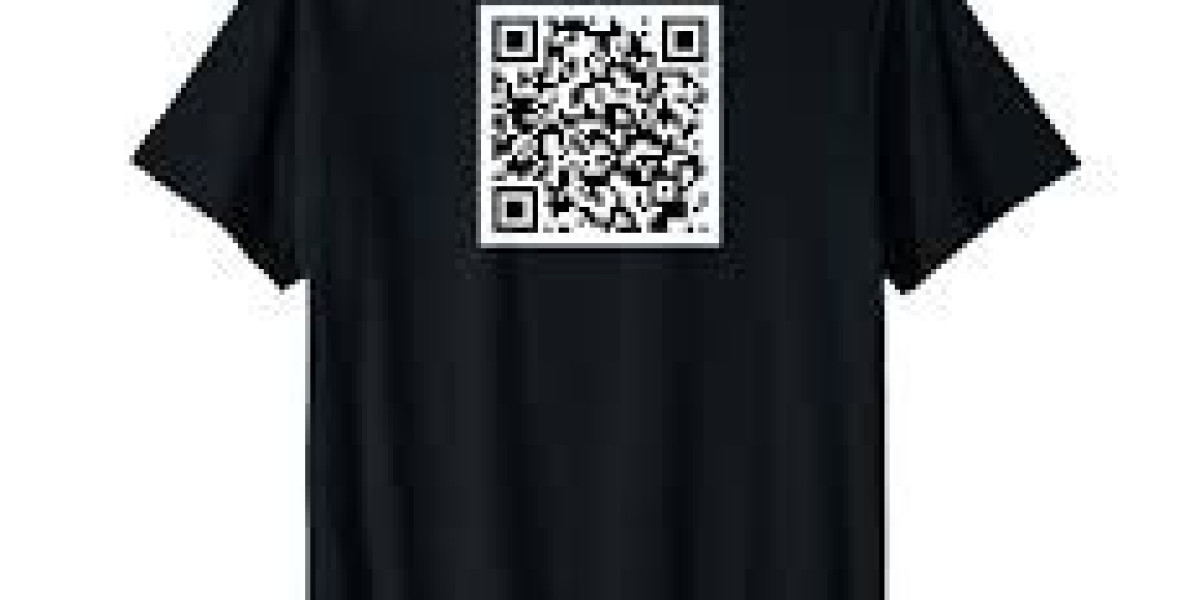Whether you’re outfitting a local youth football team, customizing a fan shirt, or refreshing an old jersey,iron on football jersey numbers are one of the simplest, most affordable ways to give a shirt that official, game-day look. They combine practicality and style, allowing anyone with a home iron or heat press to personalize gear easily.
In this guide, we’ll cover everything you need to know — from types of iron-on materials and proper application steps to design ideas, troubleshooting, and care instructions.
What Are Iron-On Football Jersey Numbers?
Iron-on football numbers are heat-transfer decals made from vinyl, polyurethane (PU), or other heat-activated materials. When heated with an iron or heat press, the adhesive backing melts and bonds to fabric, creating a durable, smooth finish that looks like professionally printed sportswear.
You can find them in pre-cut numbers (ready to apply) or sheet/roll formats (cut by hand or machine). Commonly used for sports jerseys, practice shirts, fan apparel, and even coaching gear, they offer an easy way to display player numbers, names, or team branding.
Benefits of Using Iron-On Numbers
1. Easy Application
You don’t need professional equipment. A standard household iron or simple heat press will do the job.
2. Affordable Customization
Compared to screen printing or embroidery, iron-ons cost much less — perfect for youth leagues, local clubs, or one-off custom shirts.
3. Professional Appearance
High-quality heat-transfer vinyl (HTV) produces crisp, vibrant numbers that rival factory-made jerseys.
4. Durable and Washable
When applied correctly, good iron-on numbers withstand repeated washing and physical activity.
5. Flexible Design Options
You can choose font, size, and color — from classic block varsity styles to modern digital designs — matching your team’s uniform aesthetic.
Common Types of Iron-On Number Materials
1. Heat-Transfer Vinyl (HTV)
The most popular choice for jersey numbers. It’s flexible, durable, and available in matte, glossy, or textured finishes. HTV numbers come pre-cut or in rolls compatible with cutting machines like Cricut or Silhouette.
2. Polyurethane (PU) Transfers
Thinner and softer than traditional vinyl, PU offers a premium feel. It stretches slightly, making it ideal for athletic fabrics such as polyester mesh or spandex.
3. Flock Transfers
These have a fuzzy, velvet-like surface. Flock numbers were popular on vintage jerseys and offer a retro look. They’re slightly thicker and best for cotton or cotton-blend fabrics.
4. Sublimation Transfers
Used mainly on white or light-colored polyester fabrics. Instead of sticking a layer on top, sublimation dyes the fabric itself, producing a smooth, lightweight result. However, it requires special printers and heat presses.
5. Reflective and Metallic Vinyl
For teams that play in low light or want a standout design, reflective or metallic iron-ons add visibility and flair.
Choosing the Right Size and Style
The size of your jersey numbers depends on the type of uniform and league regulations. Standard football jersey number sizes are:
Front Numbers: 4–6 inches tall
Back Numbers: 8–10 inches tall
Sleeve or Shoulder Numbers: 3–4 inches tall
Popular styles include:
Varsity Block: Traditional bold typeface used by most football teams.
Pro Block or Athletic Block: Modern look with clean lines and sharp corners.
Outline or Shadow Fonts: Adds a layered effect for contrast.
Stencil and Digital Fonts: Great for custom or themed jerseys.
When buying pre-cut numbers, make sure they match your team’s color scheme and uniform fabric type.
Step-by-Step: How to Apply Iron-On Football Jersey Numbers
Applying iron-on numbers is simple but requires precision. Here’s a foolproof method:
What You’ll Need:
Iron-on numbers (vinyl or PU)
A clean jersey (cotton, polyester, or blend)
Household iron or heat press
Parchment paper or Teflon sheet
Hard, flat surface (avoid ironing boards — they’re too soft)
Measuring tape or ruler
Instructions:
1. Pre-Wash the Jersey
Wash and dry your shirt before applying numbers to remove any manufacturing coatings or oils that could prevent adhesion.
2. Set Up Your Work Surface
Lay the jersey on a hard, heat-safe table. Smooth out wrinkles. Preheat the iron to the recommended temperature (usually 305–320°F / 150–160°C) or the “Cotton” setting with no steam.
3. Position the Numbers
Use a ruler or measuring tape to center and align the numbers. Most football jerseys place front numbers about 3–4 inches below the neckline and back numbers 5–6 inches below the collar seam.
4. Protect the Design
Cover the numbers with parchment paper or a Teflon sheet to prevent direct heat from damaging the vinyl.
5. Apply Heat and Pressure
Press firmly for 10–15 seconds per area. If using a heat press, apply even pressure for the same duration. Don’t move the iron around; hold it still.
6. Peel Carefully
Allow it to cool slightly (about 5–10 seconds) before peeling the carrier sheet. For cold-peel vinyl, wait until it’s fully cooled. If the edges lift, reapply heat for a few seconds.
7. Final Press
Cover again and press for 5 more seconds to ensure a strong bond.
Tips for a Perfect Finish
Use consistent pressure. Uneven pressing causes bubbles or peeling edges.
Avoid moisture. Steam or damp fabric prevents the adhesive from bonding.
Test before the final jersey. Always try on a spare piece of fabric first.
Cool before wearing or washing. Let the shirt rest for 24 hours after pressing.
Caring for Iron-On Football Jerseys
To keep your numbers looking crisp and professional:
Wash inside out to protect the surface from abrasion.
Use cold or warm water — avoid hot washes.
Hang dry or tumble on low heat. High heat can weaken adhesive.
Don’t iron directly on the numbers; use parchment paper if needed.
Properly applied and cared for, iron-on numbers can last through dozens of games and wash cycles.
Where to Buy Iron-On Football Numbers
You can find ready-made or customizable iron-on numbers from various retailers:
Amazon and eBay – Offer budget multi-packs in standard sizes and colors.
Sports Supply Stores – Brands like Champro, Alleson, and Rawlings sell team packs.
Craft Stores – Hobby Lobby, Michaels, and JoAnn Fabrics carry HTV sheets for DIY cutting.
Online Custom Printers – Sites like Transfer Express, Siser North America, Pro World, and Heat Transfer Warehouse let you upload designs and choose materials.
Local Print Shops – Perfect for bulk team orders or specialty fabrics.
When ordering, make sure the product specifies compatibility with your jersey fabric type (cotton, polyester, or mesh).
DIY vs. Professional Printing
If you’re making one or two shirts, home application is easy and affordable. However, for entire teams or tournaments, professional printing might be worth the investment.
Professional shops use heat presses for precise temperature control and consistent adhesion, ensuring uniform results across all jerseys. Some also offer screen-printed transfers, which combine the durability of ink with the convenience of iron-on application.
Custom Design Ideas
Iron-on numbers can go beyond function — they can express style and identity. Consider:
Team Colors & Outlines: Layer contrasting vinyl colors (e.g., white on black with red outline).
Name + Number Combo: Add player names using matching HTV lettering.
Retro Look: Use flock or matte finishes for vintage uniforms.
Fan Apparel: Add slogans like “#1 Fan” or “Coach Dad.”
Glow or Reflective Numbers: For night practices or fun aesthetic appeal.
Creativity makes your jersey unique while maintaining a professional edge.
Common Problems and Fixes
| Problem | Cause | Solution |
|---|---|---|
| Numbers peeling off | Insufficient heat or pressure | Re-press with parchment for 10 seconds |
| Wrinkles or bubbles | Too much heat or uneven surface | Use a flat table and consistent pressure |
| Scorched fabric | Iron too hot | Lower temperature and use a pressing cloth |
| Numbers cracking | Old or cheap vinyl | Use fresh, high-quality HTV |
| Adhesive residue | Overheating | Wipe gently with rubbing alcohol after cooling |
Final Thoughts
iron on football jersey numbers are one of the easiest and most satisfying DIY customization methods available. They give your uniforms a professional look without the expense of traditional printing. With just a few materials, some patience, and a steady hand, you can create sharp, game-ready jerseys for your whole team — or simply personalize your fan gear with your favorite player’s number.
Whether you’re managing a youth league, running a charity game, or crafting a gift for a football lover, iron-on numbers deliver affordable, long-lasting, and stylish customization. They’re proof that you don’t need a pro shop to make your gear look official — just a little heat and creativity.







